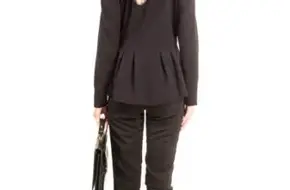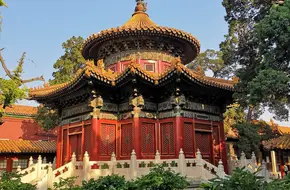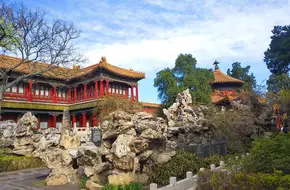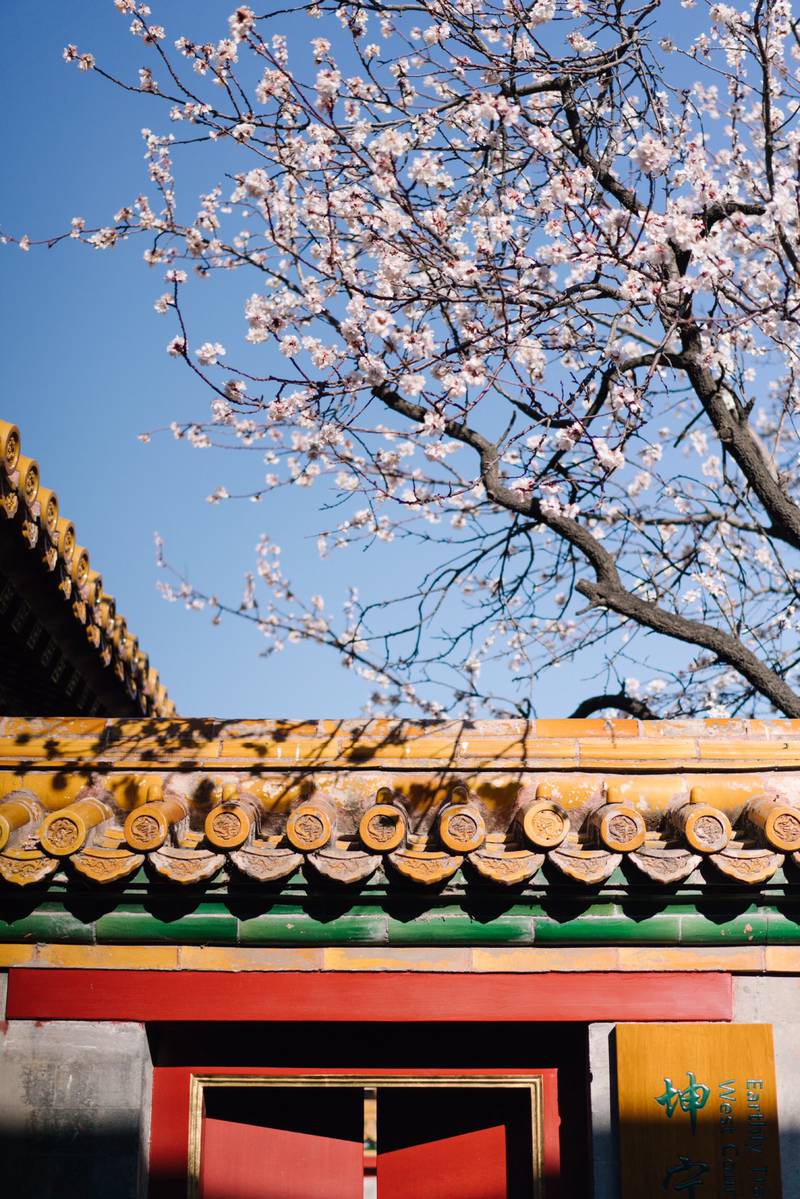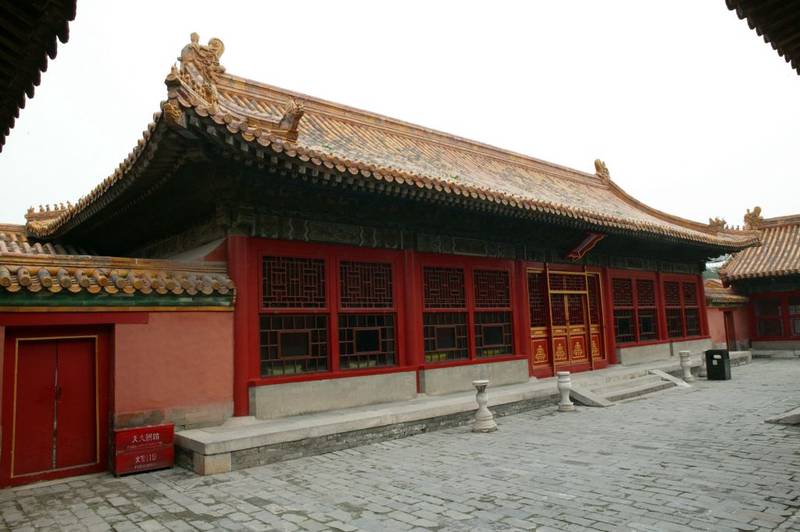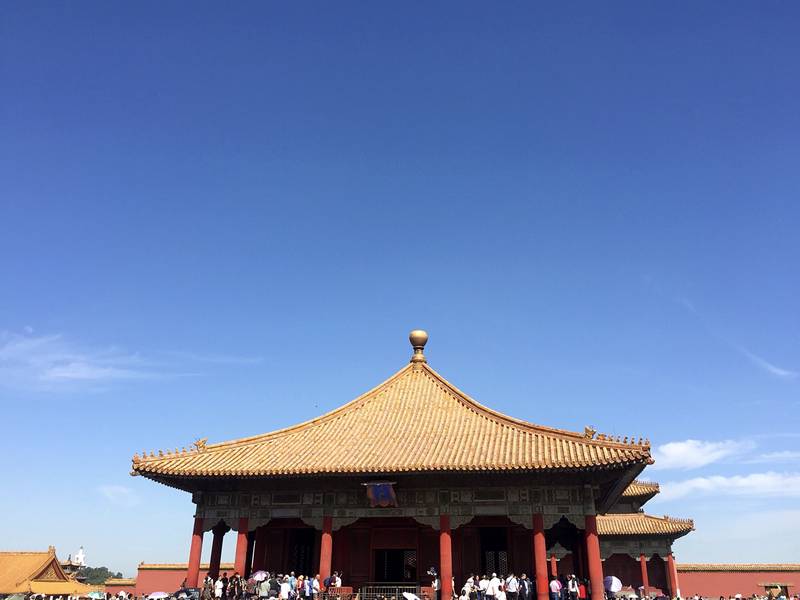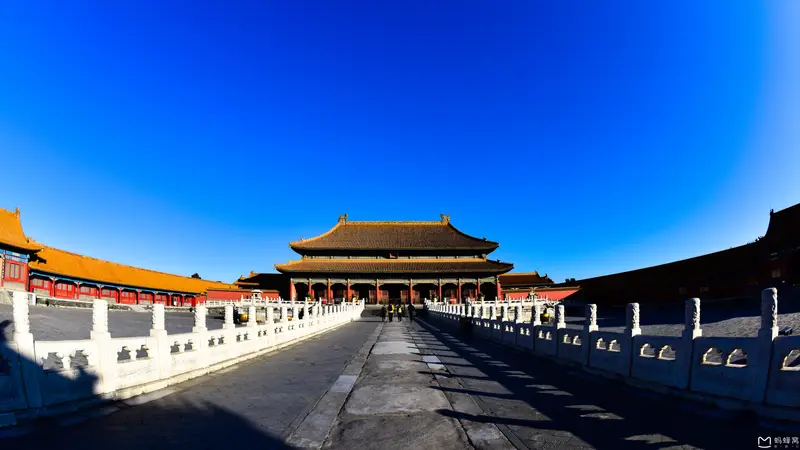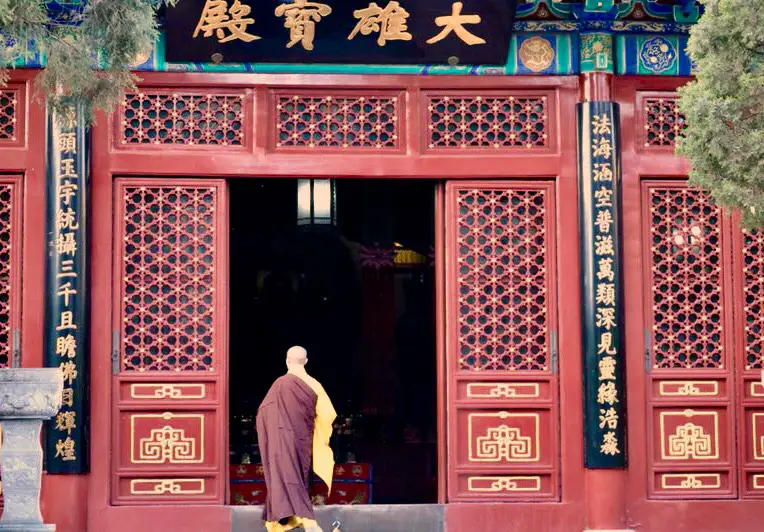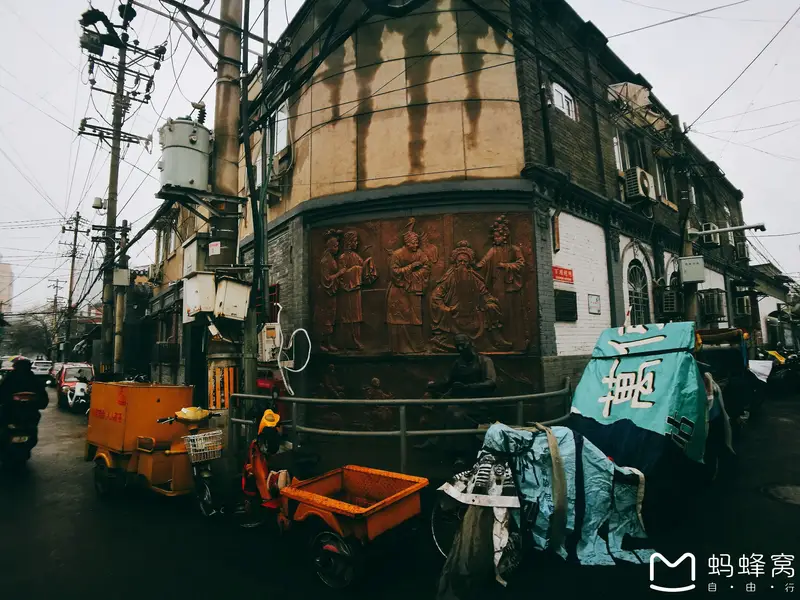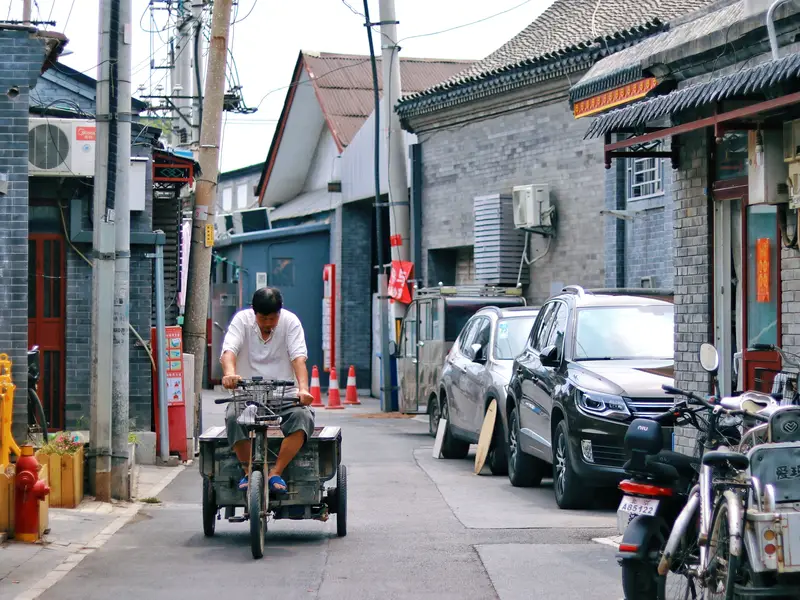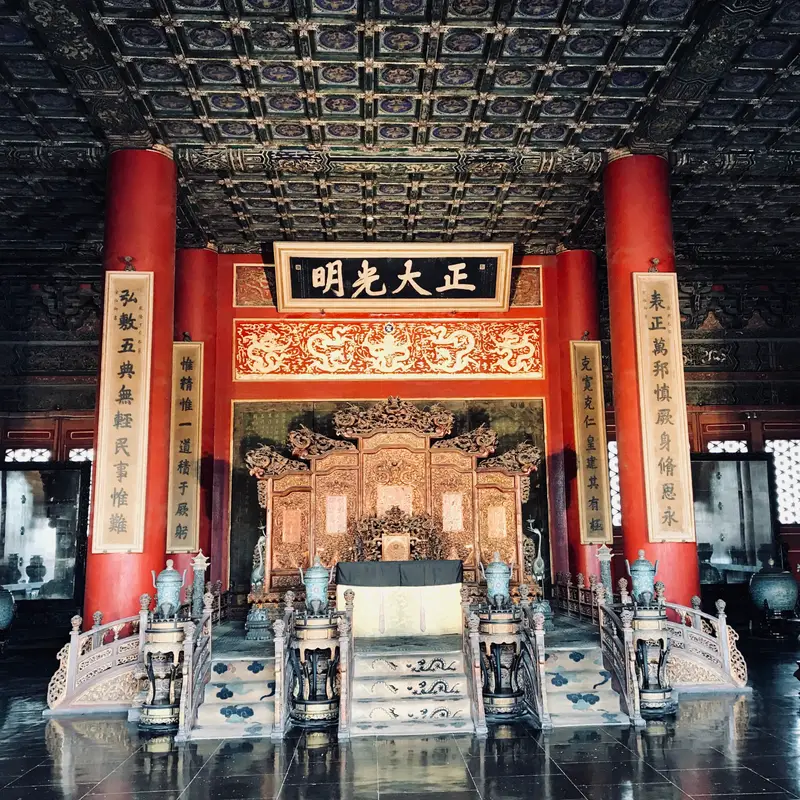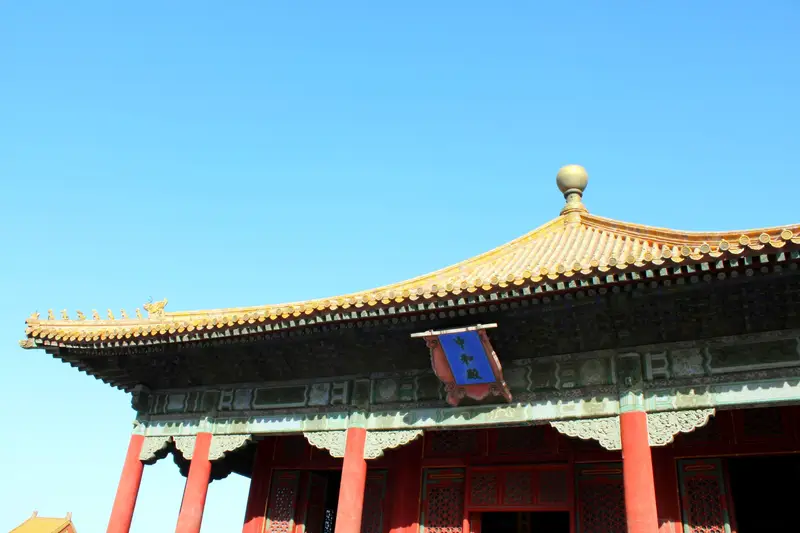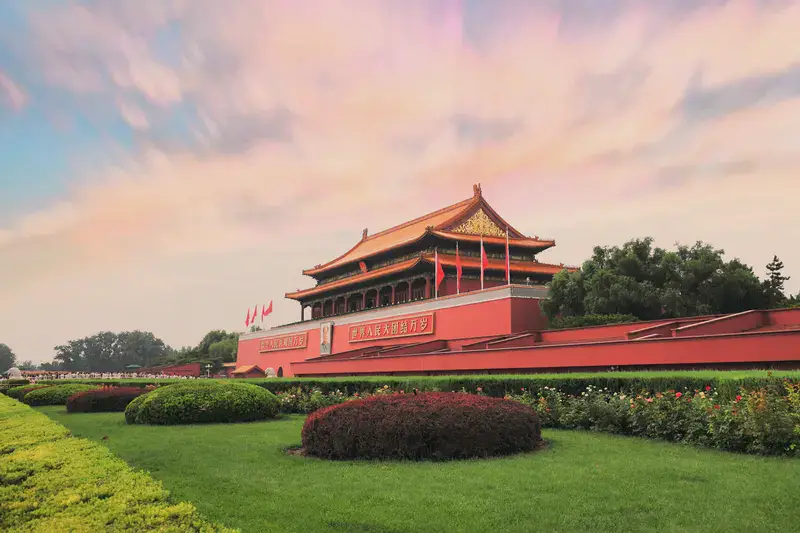Location
The Imperial Garden is located in the heart of Beijing, within the Palace Museum, also known as the Forbidden City. This historic site is easily accessible from various parts of the city, making it a convenient destination for tourists. The Palace Museum itself is a UNESCO World Heritage Site, and the Imperial Garden is one of its most cherished treasures.
Getting There
Reaching the Imperial Garden is straightforward. If you’re staying in central Beijing, you can take the subway to Tiananmen East Station (Line 1) or Tiananmen West Station (Line 1). From there, it’s just a short walk to the entrance of the Palace Museum. Alternatively, you can take a taxi or ride-sharing service directly to the museum’s main gate. For those who prefer a more leisurely approach, renting a bike and cycling through the historic Hutong alleys is a unique and enjoyable way to arrive.
Natural Scenery
The Imperial Garden is a serene oasis amidst the grandeur of the Forbidden City. It covers an area of about 12,000 square meters and is designed in the traditional Chinese garden style, emphasizing harmony between man and nature. The garden features a variety of ancient trees, some of which are over 300 years old, creating a lush canopy that provides shade and tranquility. You’ll also find beautifully arranged rock formations, small ponds, and delicate pavilions scattered throughout the garden. The seasonal changes bring different colors and atmospheres, making it a year-round destination.
Cultural Significance
The Imperial Garden is not just a place of natural beauty; it’s also steeped in history and culture. It was originally designed for the emperors and their families to relax and enjoy nature away from the formalities of court life. The garden’s layout and features are deeply symbolic, reflecting traditional Chinese philosophies such as Yin and Yang and the Five Elements. For example, the rock formations represent mountains, and the ponds symbolize water, creating a miniature landscape that embodies the balance of nature. The garden also houses several historic structures, including the Pavilion of Ten Thousand Springs and the Hall of Imperial Peace, which are adorned with intricate carvings and paintings that tell stories of ancient Chinese legends and folklore.
Facilities
The Imperial Garden is well-equipped to cater to the needs of modern tourists. There are clean and well-maintained restrooms, drinking water stations, and shaded seating areas where visitors can take a break. Informational signs in both Chinese and English provide context and history for the various features of the garden. For those interested in a more in-depth experience, guided tours are available, and audio guides can be rented at the entrance. There are also a few small souvenir shops where you can purchase unique mementos to remember your visit.
Visiting Experience
Visiting the Imperial Garden is a peaceful and enriching experience. As you stroll through the garden, you’ll feel a sense of calm and timelessness, as if you’ve stepped back into the era of the emperors. The pathways are well-maintained and easy to navigate, making it accessible for visitors of all ages. Take your time to explore the different sections of the garden, each offering its own unique charm. Don’t forget to bring your camera; the picturesque scenery provides countless photo opportunities. If you visit during the spring or autumn, you’ll be treated to the sight of blooming flowers or golden leaves, adding an extra layer of beauty to the experience.

